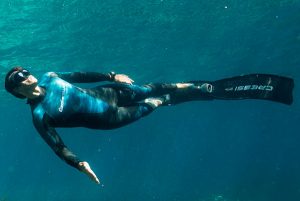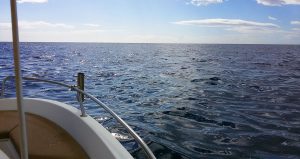Having defined the tasks (depth, ocean or lake, diving or snorkeling) come to the store and select several masks.
They should be soft and you like them externally – this is important. Then, without putting on the strap, put the mask on your face and – lightly! – pull the air with your nose. If the mask is “yours”, it will stick to your face and make breathing impossible.
If the mask is “not plilple”, do not rush to put it aside. Hair could get under the mask; look in the mirror, if it is, remove them. Try again. Mustache or stubble may interfere with you. Or folds of skin let air through if you smile. Close your eyes, relax your facial muscles, and try again. Leaks air? Then put it aside and take the next one.
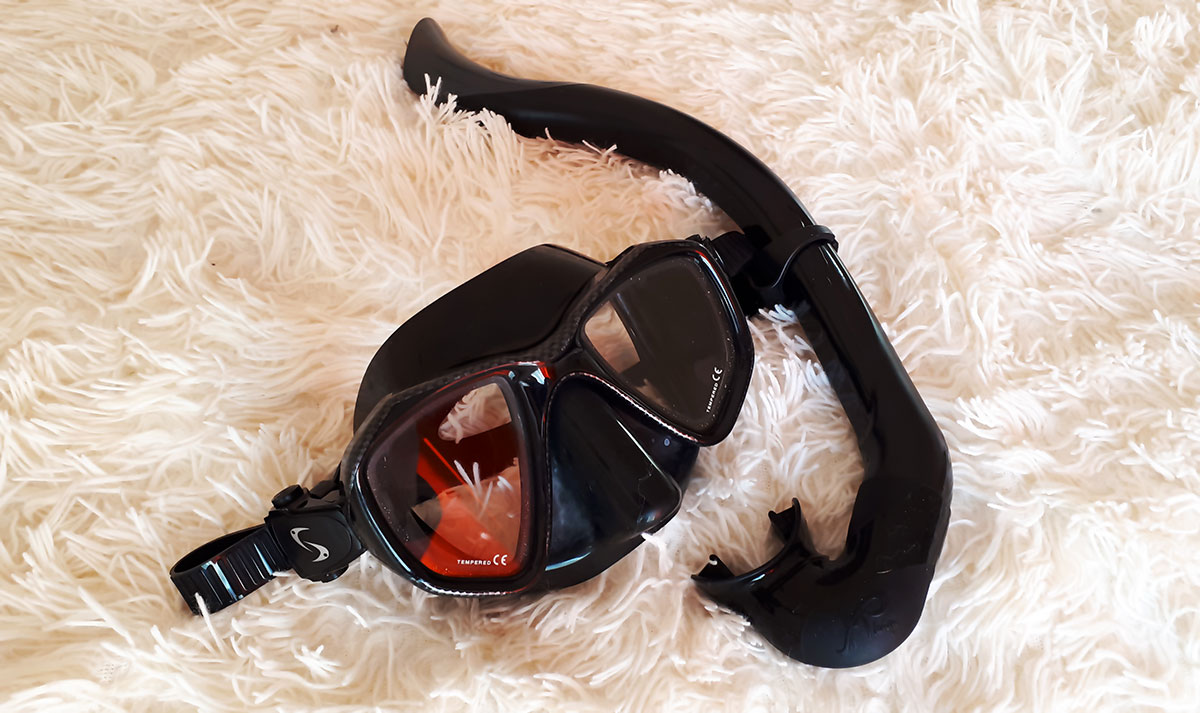
And now the mask came up, stuck and sits comfortably on the face. If you still have untested masks, try them too. From several cool masks, it is better to choose the one with the best view and less air volume. For fresh water, a mask with yellow glasses or with brightened optics is preferable.
Masks are most often sold in special plastic containers, and if you decide to use such a container as a mask case for every day, you should make several holes for ventilation with a hot nail in it, then the mask will not mold and become covered with fungus.
If there is no container, a flippers shoe is perfect instead. And even if you have a container, it’s still more convenient to store in a flipper: immediately after leaving the water we push the mask into one flipper, insert the tube into another; nothing is lost and all the equipment is always in place.
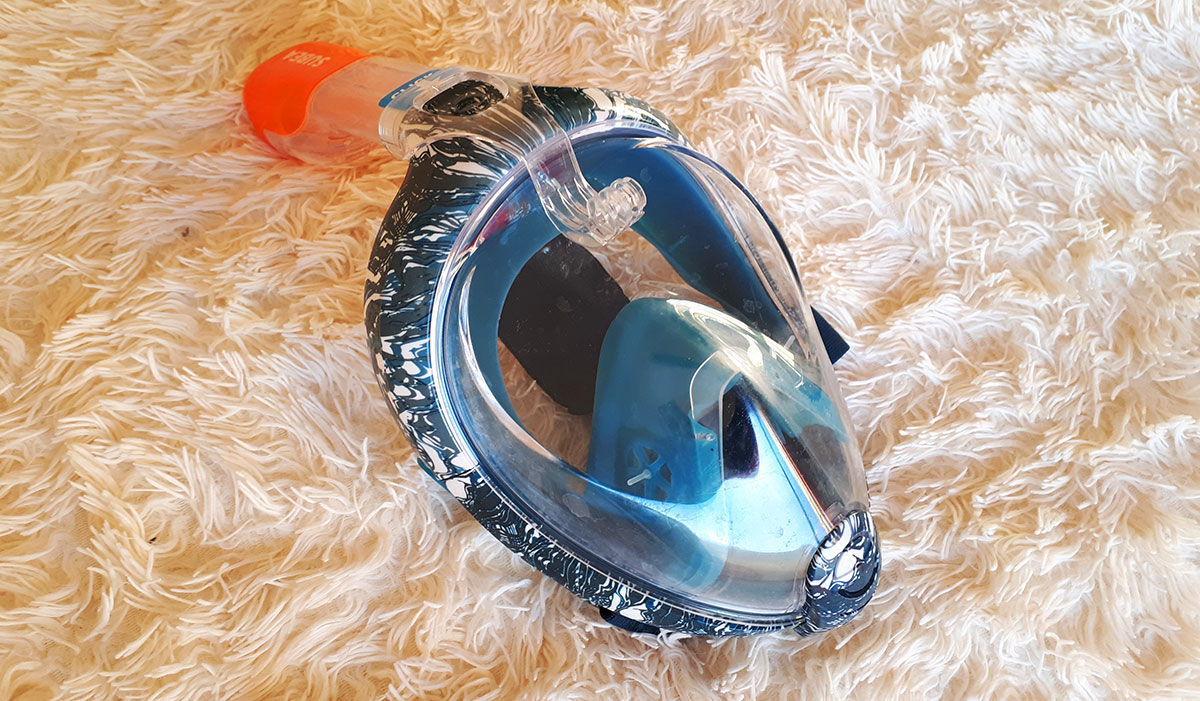
But your torment does not end there. The mask needs to be prepared, otherwise it will “sweat” (the glasses will fog up) mercilessly. And you just need to do a trifle – thoroughly rinse the new mask with washing powder or toothpaste from the outside and from the inside. And then before each entry into the water to perform, albeit not very aesthetic, but effective action: spit inside the mask on the glass, rub it well with a finger and, slightly rinsing, put on. Of course, you can use various lotions such as “Antifog spray” against fogging, but you only need to treat the mask once and then simply wipe it with saliva before each diving, as you forget about antifogs.
In any case, the main task is to remove the fat layer on the inner surface of the mask glass to prevent fogging.
Note: my anti-fogging experience
I managed to try most of the ways to combat mask fogging and the best way for me was the following:
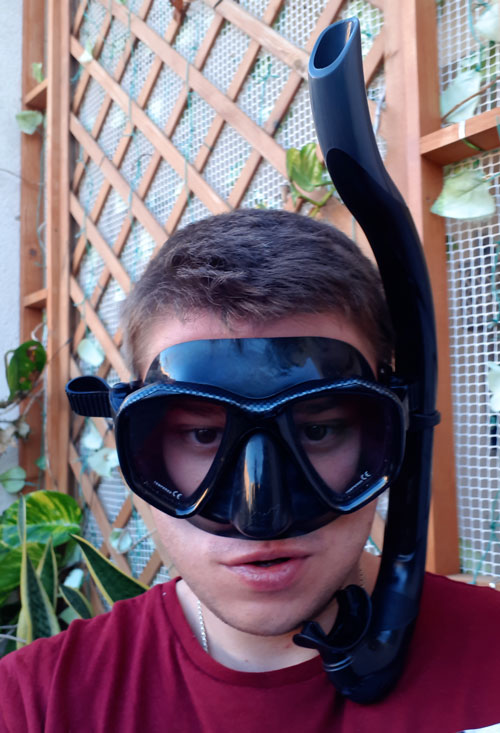
1. After purchasing the mask, we get the toothpaste and dishwashing detergent, then thoroughly wash the mask with a sponge and fingers at least 10 (!) times.
This is very important, it may seem to you that the mask is clean and does not fog up 100%, but it most likely fogs up (damn). Do not spare the toothpaste and wipe each edge of the mask as thoroughly as possible.
Believe me, fogging the mask can lead you to madness and exhaustion.
2. Before each dive, make a few spits in the mask, rub the saliva along the entire inner side (especially the glass), then rinse with water.
I tried a bunch of alternative methods (soapy water, antifrogs and others) and all of them were either uncomfortable or ineffective. Wiping the mask with saliva before each dive is the only effective and reliable way.
Fortunately, after spitting in a mask, the saliva must be completely washed off, so the ethetic side remains normal.
After these procedures, you will forget about the fogging of the mask, problems with visibility and you can fully concentrate on spearfishing.
Note: My shopping experience
There are a lot of great masks on the market today. I prefer the classic black color and would like to draw attention to only a couple of points:
1. Choose a lightweight mask with a minimum of bells and whistles. The main task of the mask is to provide the best visibility and be as invisible as possible for the underwater hunter. All superfluous will only disturb and annoy.
2. Do not buy a cheap and low-quality mask: if holey socks are not critical, then an uncomfortable mask will put an end to your spearfishing.
Later I will give examples of brands and best models, as well as give an overview of masks from my collection.

